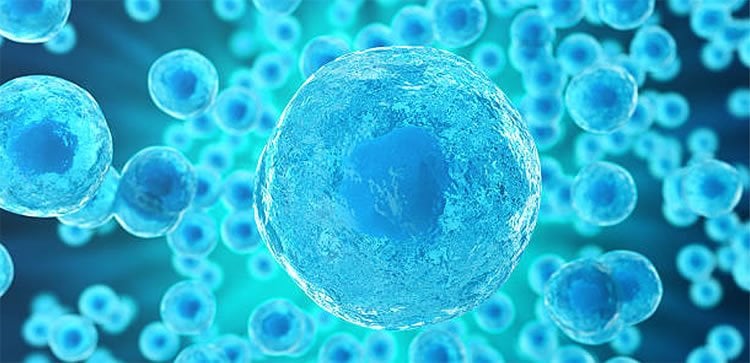Centric View of Aging Implications for Longevity and Biology Diagrams Macromolecular damage is a common feature of senescence. Secretion is another common feature of senescence and is sometimes (context-dependently) found in the differentiated state. Cell-cycle arrest is generally considered irreversible during senescence and terminal differentiation, although cell-cycle re-entry can occur under certain conditions. With respect to markers of cell cycle arrest, we observed significant increases in the expression of p16 INK4a (Cdkn2a), a cyclin-dependent kinase inhibitor commonly utilized as a marker of senescence, both with age and cognitive status (Figure 3A). A distinctive feature of senescent cells is the increased expression of cell cycle-inhibitory proteins, collectively known as cyclin-dependent kinase inhibitors. Aging Cell 11, 378-383 (2012

Cellular senescence is a permanent state of cell cycle arrest that occurs in proliferating cells subjected to different stresses. Senescence is, therefore, a cellular defense mechanism that prevents the cells to acquire an unnecessary damage. injury, cancer, and aging. Although senescence is one of the causative processes of aging and it is

The meaning of adaptation in aging: insights from cellular ... Biology Diagrams
Due to the accumulation of DNA damage and telomere erosion, cells irreversibly arrest in the G1 phase of the cell cycle, and this phenomenon is considered a symptom of replicative senescence [7,10]. In yeast such as Saccharomyces cerevisiae, reproduction occurs through the budding of the daughter cell from the mother cell. Cellular senescence is a hallmark of aging defined by stable exit from the cell cycle in response to cellular damage and stress. Senescent cells (SnCs) can develop a characteristic pathogenic senescence-associated secretory phenotype (SASP) that drives secondary senescence and disrupts tissue homeostasis, resulting in loss of tissue repair and regeneration.

Cellular senescence is cell cycle arrest that brings a variety of phenotypic changes to cells, including a pro-secretory phenotype 12.Senescence is commonly associated with aging, but its During replicative aging, oxidative damage products such as carbonylated proteins and accumulated cellular damage build up in the yeast mother cell (Reverter-Branchat et al., 2004; Unal et al., 2011; Cabiscol et al., 2014) and are retained by the mother cell through a Sir2-dependent mechanism, allowing the newborn daughter cell to be born
